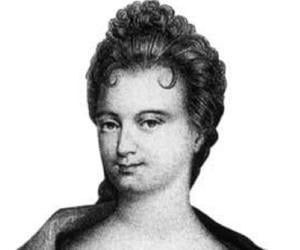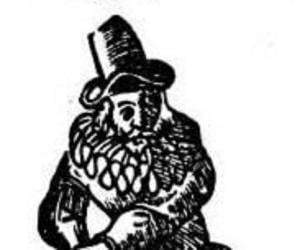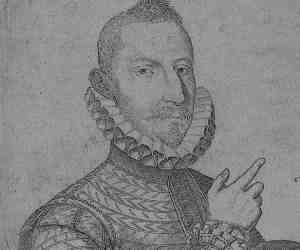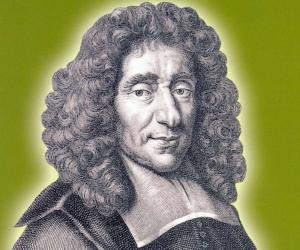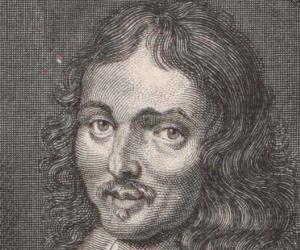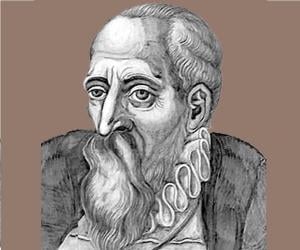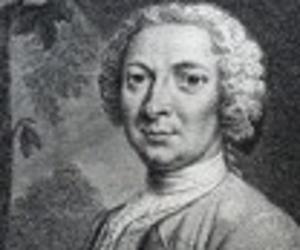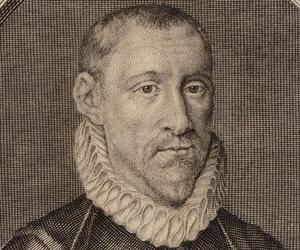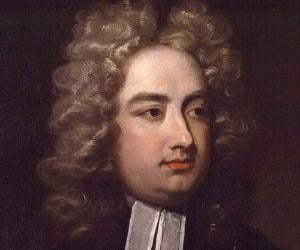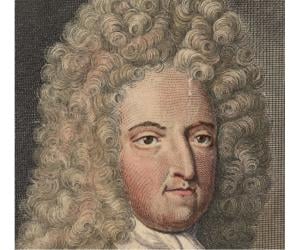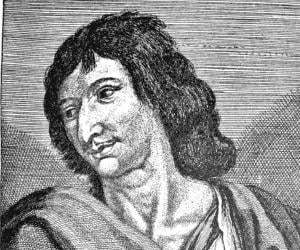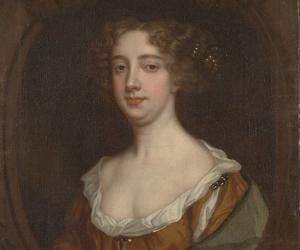Eighteenth-century essayist, poet, and pamphleteer Jonathan Swift is remembered for his iconic works such as A Tale of a Tub, A Modest Proposal, and Gulliver's Travels. One of the world’s greatest satirists, he gave rise to the deadpan Swiftian style. He had also been the Dean of St. Patrick's Cathedral.
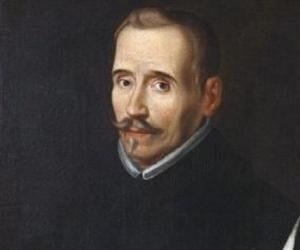
Spanish Baroque dramatist Lope de Vega was one of the most significant figures of the Spanish Golden Age. He had initially aspired to be a priest but abandoned his plans after falling in love with a married woman. He is best remembered for works such as The Dog in the Manger.

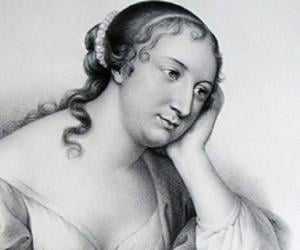
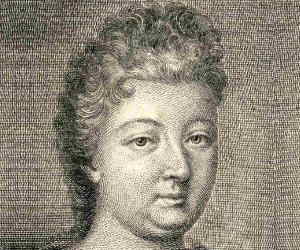
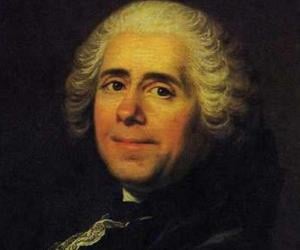
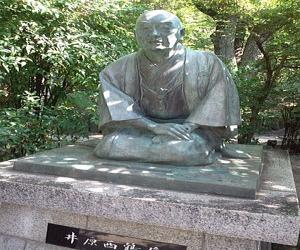
Remembered for his contribution to the revival of the Japanese literature, Ihara Saikaku was possibly the most popular writer in the entire Tokugawa period. Beginning his career with haikai no renga, depicting contemporary chōnin life through them, he later started writing novels, creating floating world genre of literature; Life of an Amorous Man was his first work of this variety.
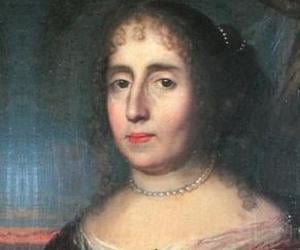
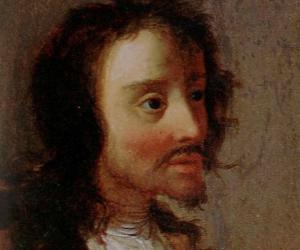
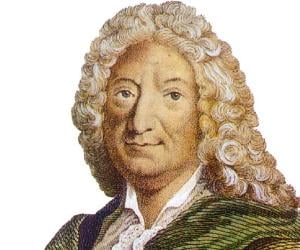
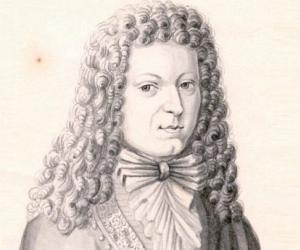
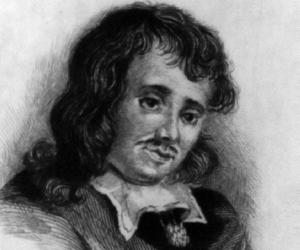

Alonso Fernández de Avellaneda is the pseudonym of the unknown author who penned the Second Book of the Ingenious Knight Don Quixote of La Mancha, an unauthorized sequel to Don Quixote by Miguel de Cervantes. Cervantes, however, had criticized the poor quality of Avellaneda’s work, in the original second volume.
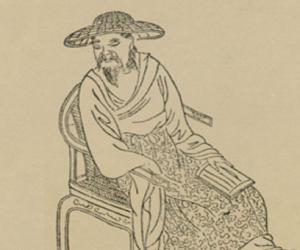
Li Yu was a Chinese novelist, playwright, and publisher. He is generally credited with authoring a classic of Chinese erotic literature titled Ròu pútuán. Li Yu achieved popularity during his lifetime for dealing with controversial and interesting subject matter like same-sex love. Li is also remembered for his informal essays and gastronomical writings.

